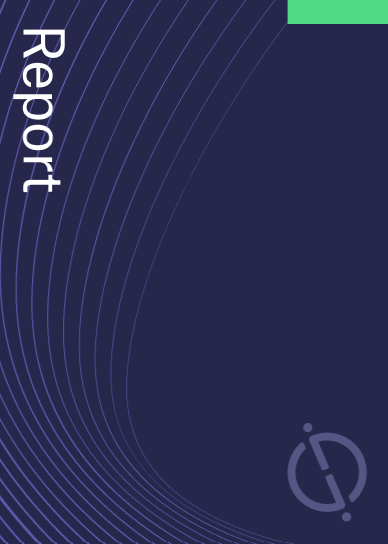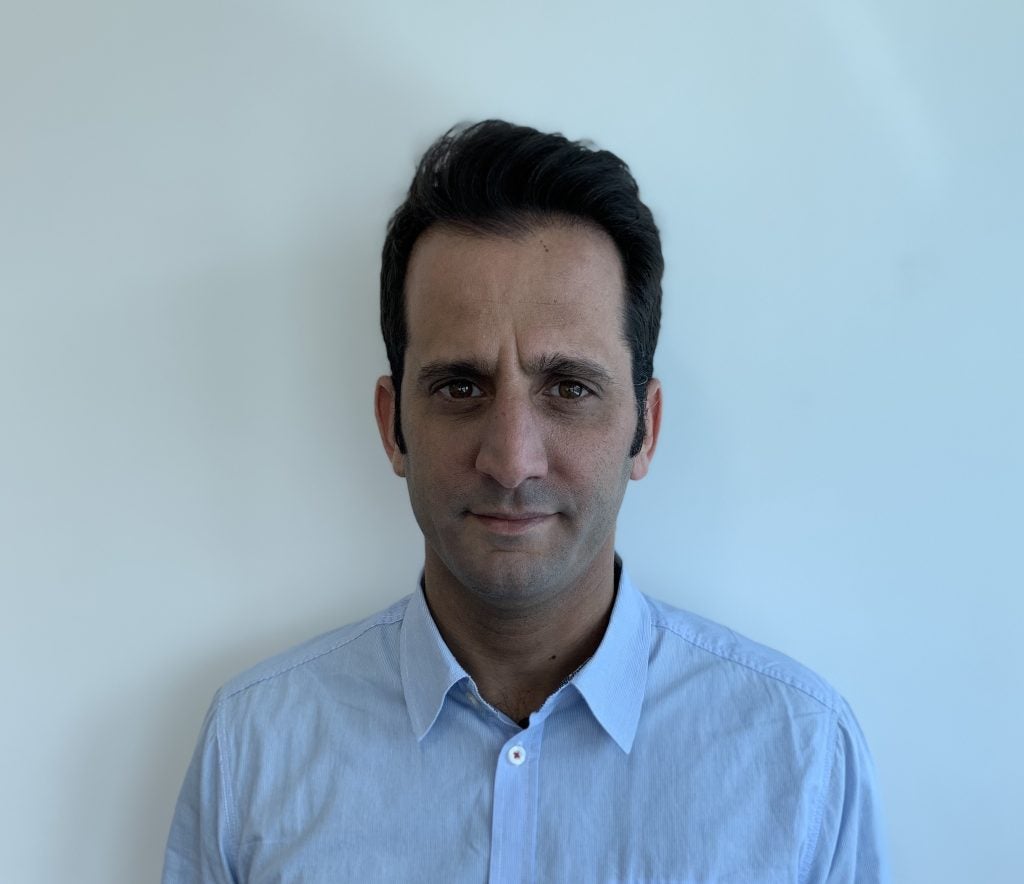Hexagon has been granted a patent for a computer-implemented method that segments measurement data from an object with material transition regions. The method involves determining measurement data with small structures, aligning a digital representation of the desired geometry, determining homogeneous regions based on the digital representation, analyzing local similarity of image information, adapting the extent of each region, and segmenting the digital object representation. GlobalData’s report on Hexagon gives a 360-degree view of the company including its patenting strategy. Buy the report here.
According to GlobalData’s company profile on Hexagon, AI assisted CAD was a key innovation area identified from patents. Hexagon's grant share as of September 2023 was 57%. Grant share is based on the ratio of number of grants to total number of patents.
Method for segmenting measurement data from an object
A recently granted patent (Publication Number: US11776127B2) describes a computer-implemented method for segmenting measurement data from an object with material transition regions. The method involves generating a digital representation of the object using measurement data and aligning it with a desired geometry. The measurement data is then analyzed to determine homogeneous regions, including those with small structures. The analysis is based on the digital representation of the desired geometry. The method also involves analyzing the local similarity of spatially resolved image information and adapting the extent of each homogeneous region to align with the expected position of a material transition region. The digital object representation is then segmented based on the adapted homogeneous regions.
The patent also includes additional claims and features. Claim 2 specifies that the material transition region can be a multi-material transition region. Claim 3 states that predefined materials can be assigned to the homogeneous regions after their determination. Claim 4 further specifies that a predefined material can be assigned based on the topology of a homogeneous region if it has an extent smaller than a predefined extent. Claim 5 mentions that the analysis of local similarity can be based on the change sequence or local variance of spatially resolved image information. Claim 6 introduces the creation of a label field to define the homogeneous regions using spatially resolved label values.
The patent also describes a method for identifying defective sections of material transition regions and correcting them. It includes steps for determining a desired image information item from a homogeneous region with a smaller extent, capturing multiple edges between homogeneous regions, and analyzing the image information of border regions to identify and correct defects.
Furthermore, the patent introduces a method for segmenting inhomogeneous regions within the digital object representation. This involves analyzing the spatially resolved image information to determine textures in the inhomogeneous region and segmenting it accordingly. Claim 12 specifies that the inhomogeneous region can relate to a pulverulent region of the object, while claim 13 states that the inhomogeneous region can be treated as having differing properties from the surrounding material in further analyses.
Overall, this granted patent presents a computer-implemented method for segmenting measurement data from an object with material transition regions. The method includes various steps such as determining homogeneous regions, analyzing local similarity, adapting region extents, and segmenting the digital object representation. It also includes additional features for assigning predefined materials, creating label fields, identifying and correcting defects, and segmenting inhomogeneous regions.
To know more about GlobalData’s detailed insights on Hexagon, buy the report here.
Data Insights
From

The gold standard of business intelligence.
Blending expert knowledge with cutting-edge technology, GlobalData’s unrivalled proprietary data will enable you to decode what’s happening in your market. You can make better informed decisions and gain a future-proof advantage over your competitors.







